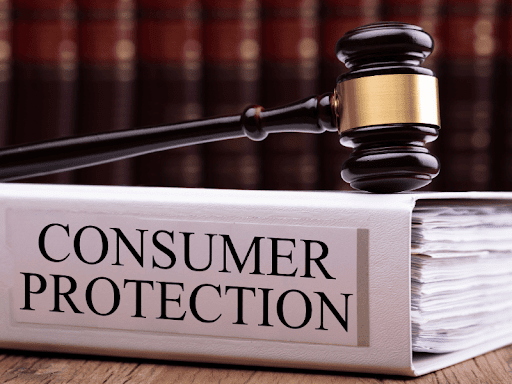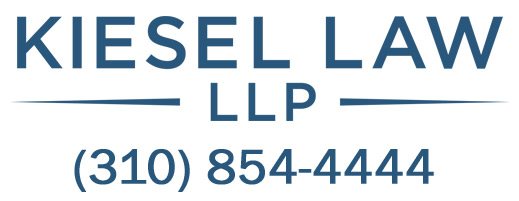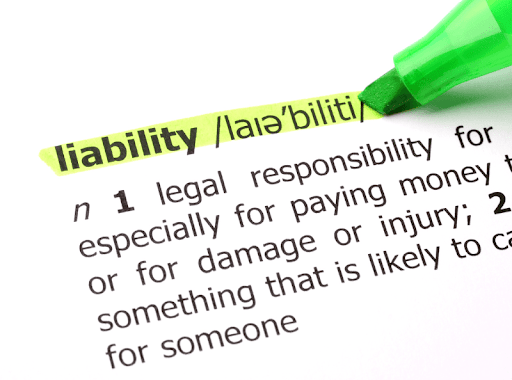California’s Strict Product Liability Doctrine: Implications for Consumers
Who can be held responsible for defective products that cause harm to consumers? What recourse do you have if a product that you bought and used results in physical, emotional, or financial injury?
These are some of the most common questions Kiesel Law attorneys are asked by consumers. Many everyday people think they are powerless in comparison to product manufacturers, but that couldn’t be further from the truth thanks to California’s doctrine of strict liability. Established in 1963, this doctrine makes it possible for consumers to hold manufacturers accountable through product liability lawsuits.
In this post, we’ll explain the history of strict liability, what it means, how it works, and why it’s so important for consumers. If you have suffered damages due to a defective product, you may be entitled to compensation under the strict liability doctrine. Contact Kiesel Law to learn more.
Understanding the Doctrine of Strict Liability
Strict liability is a legal concept that shifts the burden of proof in product liability cases. Unlike traditional negligence claims, where plaintiffs must prove that a manufacturer was careless or negligent in producing a defective product, strict liability holds manufacturers accountable for defects regardless of their level of care.
In California, strict liability was codified in the case of Greenman v. Yuba Power Products, Inc. (1963), where the California Supreme Court held that manufacturers could be held strictly liable for injuries caused by defective products. This landmark decision revolutionized California’s product liability laws by establishing that manufacturers are responsible for ensuring the safety of their products from design to distribution.
The Three Elements of the Strict Product Liability
To pursue a product liability claim based on California’s doctrine of strict liability, plaintiffs typically need to establish three key elements…
The Product Was Defective
Plaintiffs must demonstrate that the product in question was defective in some way. There are three main types of product defects…
- Manufacturing Defects: These occur during the manufacturing or assembly process and result in a product that is different from its intended design. Even if the manufacturer took all reasonable precautions, they can still be held liable for these defects.
- Design Defects: These occur when a product’s design is inherently dangerous or flawed, making all products of that design potentially hazardous. Plaintiffs need to show that a safer alternative design existed and was feasible.
- Failure to Warn: Sometimes, products are inherently dangerous, but the manufacturer fails to provide adequate warnings or instructions for safe use. In such cases, a failure-to-warn defect may exist.
The Defect Caused Injury
Plaintiffs must establish a direct link between the product’s defect and the injuries they suffered. This means showing that the defect was a substantial factor in causing harm.
The Product Was Used as Intended
To recover damages under strict product liability, plaintiffs must demonstrate that they were using the product in a reasonably foreseeable manner at the time of the injury. If a product is used negligently or for purposes not intended by the manufacturer, it may weaken the claim.

Why Strict Product Liability Matters for Consumers
California’s product liability laws are designed to protect consumers and ensure they receive compensation when they are harmed by defective products. There are several important reasons why the doctrine of strict liability is important…:
Easier to Prove
Strict product liability shifts the burden of proof from the injured party to the manufacturer, making it easier for consumers to pursue claims. They don’t need to establish negligence on the part of the manufacturer; they simply need to show that the product was defective and caused their injuries.
Encourages Product Safety
Manufacturers have a strong incentive to produce safe products when they know they can be held strictly liable for defects. This encourages them to invest in research, design, and quality control to minimize the risk of defects.
Promotes Accountability
Strict product liability ensures that manufacturers are held accountable for the products they bring to market. If a defect causes harm, the manufacturer is responsible, regardless of whether they were negligent.
Compensates Victims
Strict product liability also ensures that victims of defective products are compensated for their injuries, including medical expenses, lost wages, and pain and suffering.
Deters Negligence
The prospect of strict liability encourages manufacturers to be diligent in their production processes and safety testing, which can ultimately prevent accidents and injuries.

Kiesel Law Attorneys are Experts in Strict Liability
By simplifying the legal process for injured parties and holding manufacturers responsible, California’s strict liability doctrine serves as a powerful tool to protect consumers. Whether you acquired a product by buying it online or in person at a store or by receiving it as a gift, strict liability can help ensure you get the compensation you deserve.
Kiesel Law has helped countless plaintiffs in this area, and we can do the same for you. You’re not alone. Reach out to Kiesel Law today and let us fight for you.


